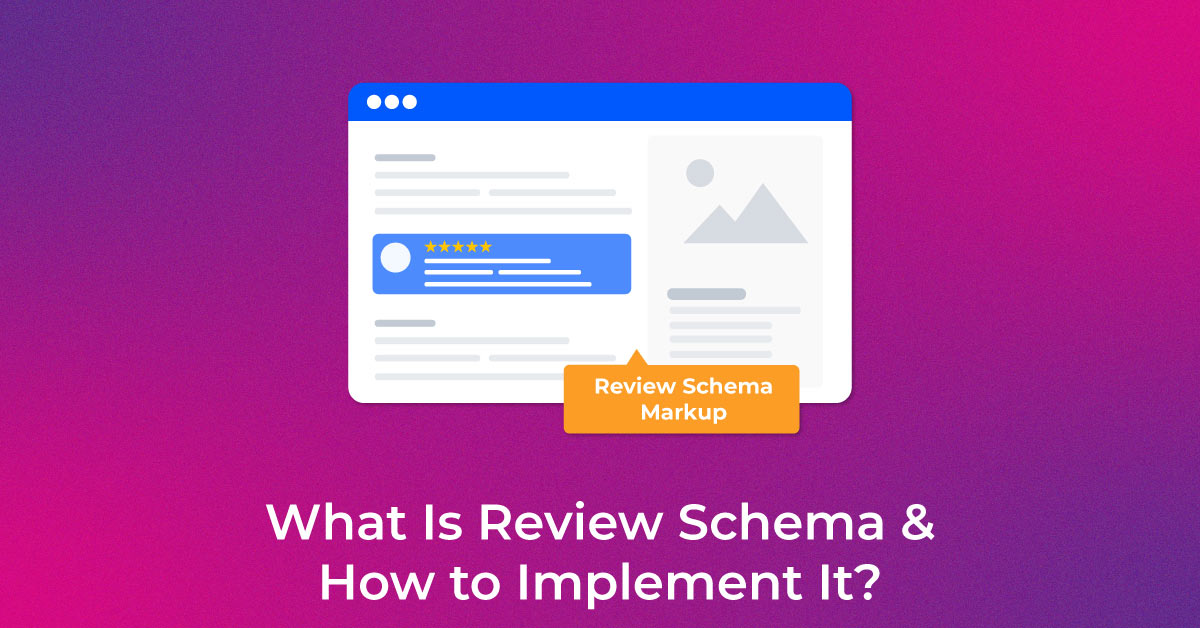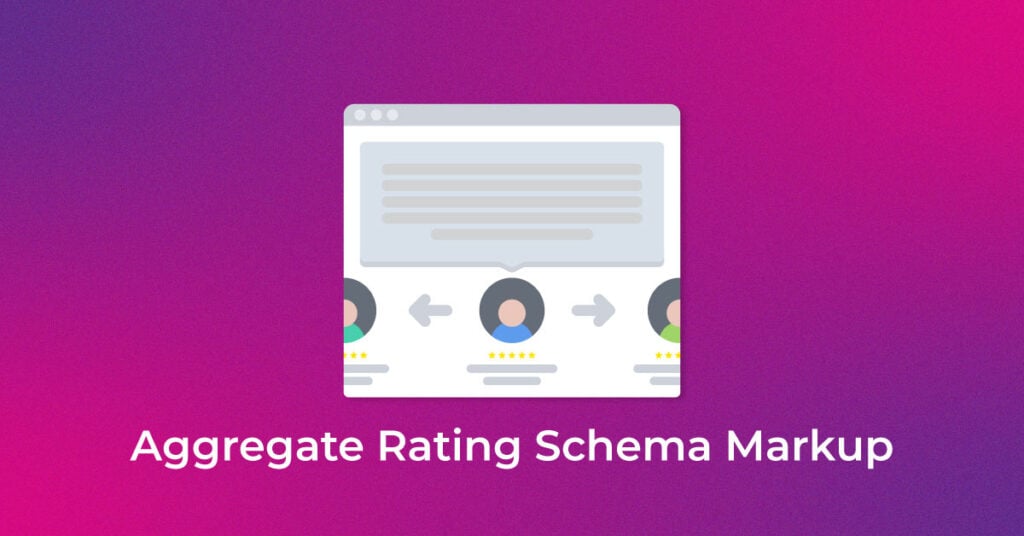Definition of Aggregate Rating Schema Markup
Aggregate Rating Schema markup is a powerful tool in the realm of SEO. It is essentially a codified format using Schema.org’s standards, designed to communicate the collective review data for a product or service. By including such schema in your site’s HTML, you allow search engines to understand and display an average rating based on multiple reviews or ratings provided by users. This is often visible as star ratings in search engine results.
Importance of Aggregate Rating Schema in SEO
The importance of Aggregate Rating Schema in SEO cannot be overstated. Implementing this schema can substantially enhance your content’s visibility and make it stand out in search results. When your web pages carry aggregate ratings, they provide search engines with detailed information that may contribute to the credibility and relevance of your site. Moreover, these rich snippets can lead to a more attractive display in search results, potentially increasing your site’s click-through rate (CTR).
In a digital marketplace where every click matters, having that visual advantage can set you apart from competitors, drive more traffic to your site, and ultimately, improve your search rankings. Remember, the more effectively you can communicate information to search engines, the better they can serve it to users, and Aggregate Rating Schema does exactly that.
How Aggregate Rating Schema Works
Role of User Ratings in Aggregate Rating
User ratings are the cornerstone of Aggregate Rating Schema—they provide the raw data that is aggregated to form an overall impression of a product or service. When individuals rate a product, their opinions are compiled to offer a summarized view reflective of a wider customer experience. This collective insight is valuable, as it transcends individual biases and provides a more balanced assessment for potential customers to consider.
Furthermore, it’s not just the score that’s important; the volume of ratings also matters, as a higher number of evaluations can imply a more trustworthy aggregate score. When you actively encourage users to rate your offerings, you’re not just collecting feedback; you’re building a crucial dataset that can refine your SEO strategy and influence others in their decision-making process.
Data Sources for Aggregate Ratings
The data sources for Aggregate Ratings are wide and varied, encompassing customer feedback from multiple platforms. Key sources include your own website where customers can leave reviews directly, as well as third-party sites such as Yelp, TripAdvisor, and industry-specific review platforms. Additionally, Google My Business listings play a crucial role, with their 5-star reviews being highly integrated with Google’s search engine.
For the best results in SEO, ensure that these reviews are genuine and monitor them consistently. By doing so, you contribute to a more accurate and higher aggregate rating that resonates with the search engines’ algorithms, leading to improved search result rankings.
Benefits of Implementing Aggregate Rating Schema
Enhanced Search Appearance
By skillfully applying Aggregate Rating Schema, your products or services can shine brightly in search results, capturing users’ attention through eye-catching star ratings and numeric scores. These visual enhancements are not just aesthetically pleasing; they offer a quick, at-a-glance display of social proof that’s immediately understandable. When your web pages are adorned with these rich snippets, they are more likely to be clicked, potentially outperforming competitors who lack such embellishments. This enriched search appearance can be a game changer, inviting users to discover what others have positively evaluated, thus driving them closer to interaction with your offerings.
Increased CTR (Click-Through Rate)
Implementing Aggregate Rating Schema has a direct impact on your site’s click-through rate (CTR). The visual appeal of star ratings and review summaries in search results is a beacon for users, drawing their attention and differentiating your listings from those without such markup. Higher visibility in the digital marketplace often translates into more clicks. Even if your site doesn’t rank first, a standout listing with rich snippets can outperform higher-ranking competitors in terms of CTR. It’s a strategic way to increase organic traffic without the top spot in SERPs—a real boon for your digital presence and, ultimately, your revenue.
Improved User Trust
The power of user trust cannot be underestimated in the digital marketplace. Aggregate Rating Schema directly fosters this trust by showcasing the collective opinions and experiences of previous customers. When potential customers see that an offering has been rated favorably by others, it diminishes their uncertainty and builds confidence in the quality and reliability of what you’re offering.
This transparent display of peer evaluations serves as a trust signal, reassuring users that they are making an informed decision backed by the testimony of others. The trust engendered by aggregate ratings is a form of social proof that can be pivotal in converting visitors into customers, enhancing the credibility of your brand and fostering long-term loyalty.
How to Implement Aggregate Rating Schema
Step 1: Choose the Correct Aggregate Rating Markup Format (JSON-LD, Microdata, RDFa)
When you’re ready to implement Aggregate Rating Schema, your first step is to choose the correct markup format. Currently, there are three main types: JSON-LD, Microdata, and RDFa. JSON-LD is the preferred and recommended format by Google because of its ease of use and the fact that it separates the schema markup from the HTML code, making it easier to implement and maintain. Microdata integrates directly with HTML tags and is more in line with the content, while RDFa is an HTML5 extension supporting linked data by adding various attributes to markup. Weighing their differences, your choice should align with your website’s existing structure and your technical proficiency. For most, JSON-LD offers the best balance of simplicity and efficacy.
Step 2: Adding the Schema Markup to Your Website
After choosing the appropriate markup format for your Aggregate Rating, the next action is to add the schema markup to your website. You can integrate this data directly into the HTML of specific product or service pages that collect user reviews. If you’re comfortable with coding, you can manually insert the schema markup. Alternatively, many content management systems (CMS) offer plugins or extensions that simplify this process. It’s crucial to place the code in a way that it wraps around the correct items on your page, ensuring that search engines can accurately interpret the aggregate rating data.
Step 3: Testing the Schema Implementation Using Google’s Rich Results Tool
Once you’ve added the Aggregate Rating Schema to your site, it’s imperative to test it to confirm proper implementation. Google’s Rich Results Tool provides a user-friendly way to validate your structured data. Paste your page’s URL or the code snippet into the tool, and run the test. It will check for errors and confirm if your page is eligible for rich results. Remember, the test offers a simulation of how your webpage might appear, not a guarantee of exactly how it will look in search results. Keeping an eye on your webpage behavior and tweaking as necessary can ensure that you’re getting the most out of your schema implementation.
Best Practices for Aggregate Rating Schema Implementation
Ensure Data Accuracy
Ensuring data accuracy is a best practice that’s vital for the effective use of Aggregate Rating Schema. You must provide up-to-date and precise rating information, reflecting the true reflection of customer opinions. Be meticulous with the details: ensure that the aggregate rating represents an actual calculation based on legitimate reviews and that it correlates with the number of reviews or ratings displayed. Inaccuracies here not only undermine user trust but can also result in penalties from search engines for misleading content. Stick to authentic and current data for the most beneficial SEO outcomes.
Avoid Manipulating Ratings
Avoiding the manipulation of ratings is critical when it comes to ethical SEO practices and maintaining the integrity of your site. Tempting as it may be, inflating your aggregate scores artificially or handpicking only positive reviews can quickly backfire. Search engines like Google have sophisticated algorithms to detect such dishonest behavior, and the repercussions could include penalties or loss of search visibility. Stay above board by presenting an honest representation of your customer feedback. This transparency ultimately strengthens your brand reputation and fosters genuine consumer trust, both of which are essential to long-term success.
Regularly Update Ratings Information
Staying current is as important online as it is in any facet of your business. Regular updates to your ratings information are essential for reflecting the most accurate customer experiences. As your products or services evolve and new reviews are submitted, your aggregate ratings should adjust to represent these changes. Failing to update could mean that potential customers are viewing outdated information, which might mislead them and harm your credibility. Make it a routine process to audit and refresh your ratings data, ensuring that your aggregate rating is always a true representation of your customer’s up-to-date feedback.
Common Mistakes to Avoid When Implementing Aggregate Rating Schema
Displaying Fake or Inflated Ratings
One of the most grievous mistakes to avoid when using Aggregate Rating Schema is displaying fake or inflated ratings. It’s vital to understand that not only is this disingenuous, it’s also damaging to your brand’s reputation and can lead to severe consequences from search engines. Authenticity should be your watchword; allow the ratings to speak for themselves without resorting to manipulation. Think long-term—building a solid, trustworthy brand that users and search engines can rely on is far more valuable than the short-lived gains from untruthful ratings.
Incorrect Use of Schema Markup
Incorrect use of schema markup is another common pitfall that can negatively affect your SEO efforts. This can range from syntactical errors to categorization mistakes—like applying Aggregate Rating Markup to an individual product review instead of cumulative reviews. Such inaccuracies can confuse search engines and result in rich snippets being displayed improperly, or not at all, which impedes your ability to stand out in search results. To ensure that you’re using the schema markup correctly, always refer to the documentation on Schema.org and follow structured data guidelines provided by search engines.
Not Validating the Schema
Failing to validate your schema markup is a mistake you’ll want to avoid. Without running your implemented Aggregate Rating Schema through a validation tool, you risk missing out on potential errors or issues that could hinder your SEO. Validation ensures that your markup is correctly recognized by search engines and capable of producing the desired rich snippets. By regularly validating your schema, you’re taking proactive steps to optimize your site’s performance in search results and preventing any unnoticed mistakes from affecting your search engine rankings.
Tools to Help Implement Aggregate Rating Schema
Google Structured Data Markup Helper
Google’s Structured Data Markup Helper is an invaluable tool to assist you in implementing Aggregate Rating Schema. This free tool simplifies adding structured data to your website by guiding you through the process. You can visually tag elements on your web page and generate the appropriate JSON-LD, Microdata, or RDFa markup to embed in your site’s HTML. It’s designed for users at all levels of technical expertise and is a particularly good starting point for those who are less familiar with coding. Using this tool can give you confidence that your aggregate rating data is formatted and implemented correctly.
Schema.org Markup Generator
The Schema.org Markup Generator is another resource for creating Aggregate Rating Schema markup efficiently. This generator simplifies the process by allowing you to enter relevant information through a form, and it automatically generates the necessary code in either JSON-LD or Microdata format. It’s a convenient option, particularly for those who want to bypass the complexities of manual coding. This tool ensures that your markup adheres to the latest Schema.org standards, enhancing the likelihood of achieving rich snippet results in search engines.
Conclusion
In conclusion, Aggregate Rating Schema markup is a potent enhancement that can escalate your SEO success by providing actionable insights to users directly within search result pages. The process to implement this markup is relatively straightforward, but it demands attention to detail and adherence to best practices such as ensuring data accuracy, avoiding manipulation, and conducting regular updates. Utilizing tools like Google’s Structured Data Markup Helper and the Schema.org Markup Generator can facilitate this process. By accurately representing the experiences of your customers, you not only foster trust but also encourage informed decision-making, leading to an overall win-win for both your business and your clientele.
Popular Searches
How useful was this post?
3.5 / 5. 4

















